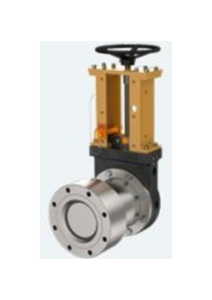HISTORY
The 1950’s saw a new patent for the Knife Gate Valve in the U.S. From here, variety of designs began to improve the functionality and capabilities of the valve. In 2017, DSS Valves officially entered the market, boasting the most technologically advanced Severe Service Knife Gate Valve. The design completely removes the chance for fugitive emissions, surpasses the rigorous standards for Severe Service defined by the MSS, and provides bi directional Zero Leakage to ASME Class 600 (100Barg).
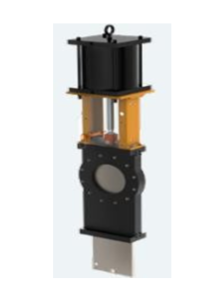
Severe Service Through Gate Valve (SSTGV)
SSTGV suits a variety of unique applications such as steel industry coke drum deheading.
Severe Service Check Valves (SSCKV)
Premier check valve and is engineered to perform whereconventional check valvesfail.
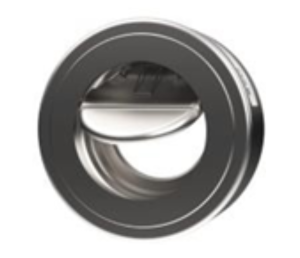
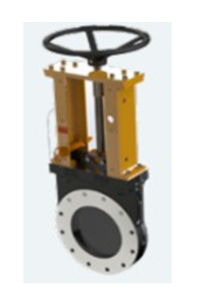
Severe Service Knife Gate Valve (SSKGV)
Premier check valve and is engineered to perform whereconventional check valvesfail.The bi-directional zero-leakage design exceedsAPI, ASME, and MSS specifications all the way up to ASME Class 1500/PN 250 pressures (3750 psig/250 barg)
Transmitter Isolation Valve (TIV)
Provides zero leakage isolation and trouble- free operation that ensures worker safety when instrumentation is being calibrated, maintained or replaced
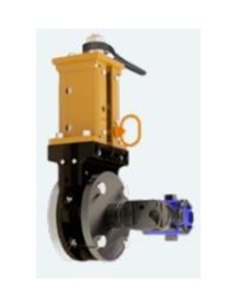
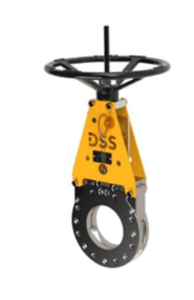
M81 Knife GateValve (M81)
Lighter offering, perfect for applications that still require bi directional zero leakage isolation, but only up to MSS-SP-81 pressure specifications
DSS Control Valve (CV)
- For severe service control applications.
- They resist erosion and wear that these high velocity applications often see by taking energy out of the system and utilizing their hardening trim and process coating.
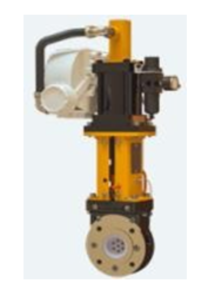
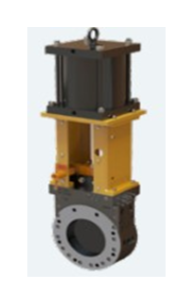
Double Block and Bleed Valve (DBB)
- Designed for Severe Service and can handle Class 150, 300, and 600 pressures.
- The DBB eliminates the need for complicated, costly multivalve systems.
- A variety of actuation options are available.
SSKGV and SSCKVTandem
- Provides isolation and non-return function all within the takeout profile of other larger valves currently in service.
- If an application requires zero-leakage isolation and a uni-directional flow, these two valves operate seamlessly together.
